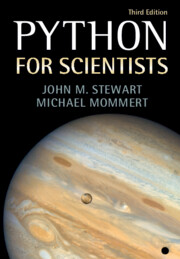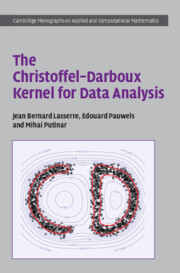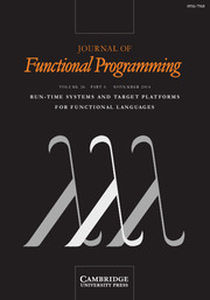Scientific Data Mining
Technological advances are enabling scientists to collect vast amounts of data in fields such as medicine, remote sensing, astronomy, and high-energy physics. These data arise not only from experiments and observations, but also from computer simulations of complex phenomena. As a result, it has become impractical to manually analyze and understand the data. This book describes how techniques from the multi-disciplinary field of data mining can be used to address the modern problem of data overload in science and engineering domains. Starting with a survey of analysis problems in different applications, it identifies the common themes across these domains and uses them to define an end-to-end process of scientific data mining. This multi-step process includes tasks such as processing the raw image or mesh data to identify objects of interest; extracting relevant features describing the objects; detecting patterns among the objects; and displaying the patterns for validation by the scientists.
- Brings together techniques from many different disciplines which are useful in the analysis of scientific data
- Gives the reader an opportunity to benefit from solutions developed in other problem domains by surveying many different science and engineering applications
- Includes a description of software systems developed for scientific data mining and general guidelines for getting started on the analysis of massive, complex data sets
Product details
June 2009Paperback
9780898716757
300 pages
255 × 178 × 14 mm
0.53kg
This item is not supplied by Cambridge University Press in your region. Please contact Soc for Industrial null Mathematics for availability.
Table of Contents
- Preface
- 1. Introduction
- 2. Data mining in science and engineering
- 3. Common themes in mining scientific data
- 4. The scientific data mining process
- 5. Reducing the size of the data
- 6. Fusing different data modalities
- 7. Enhancing image data
- 8. Finding objects in the data
- 9. Extracting features describing the objects
- 10. Reducing the dimension of the data
- 11. Finding patterns in the data
- 12. Visualizing the data and validating the results
- 13. Scientific data mining systems
- 14. Lessons learned, challenges, and opportunities
- Bibliography
- Index.








